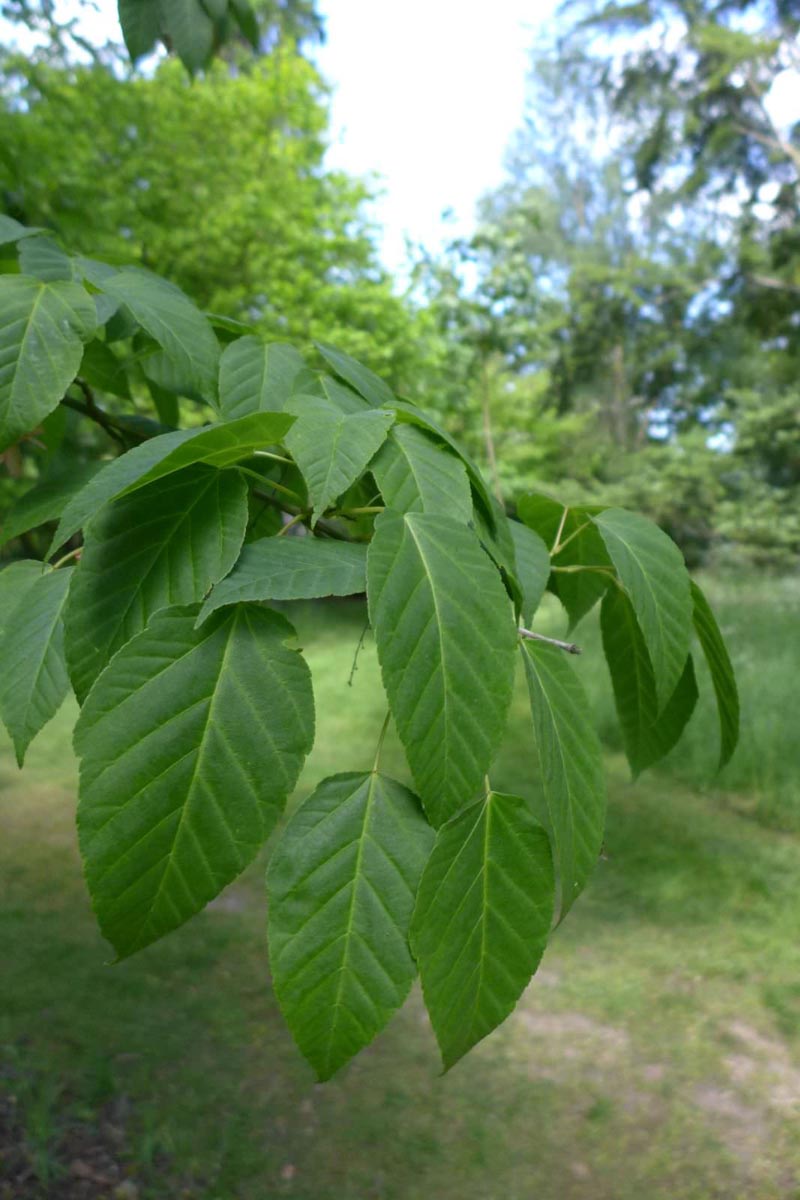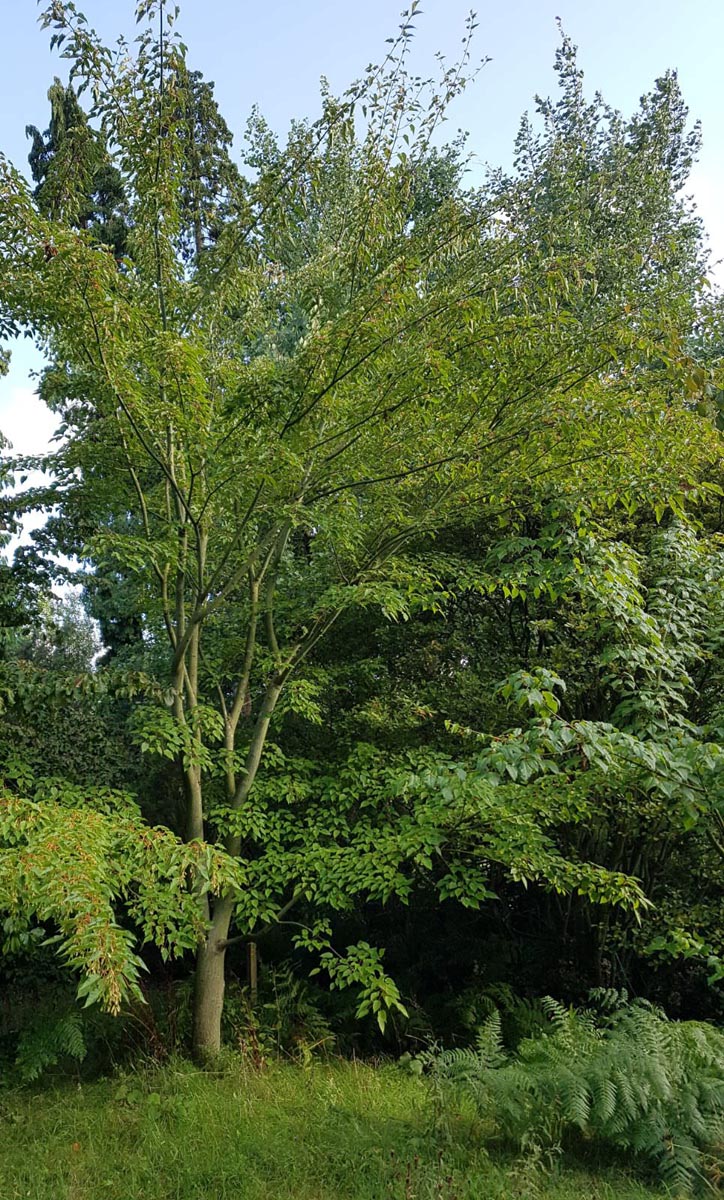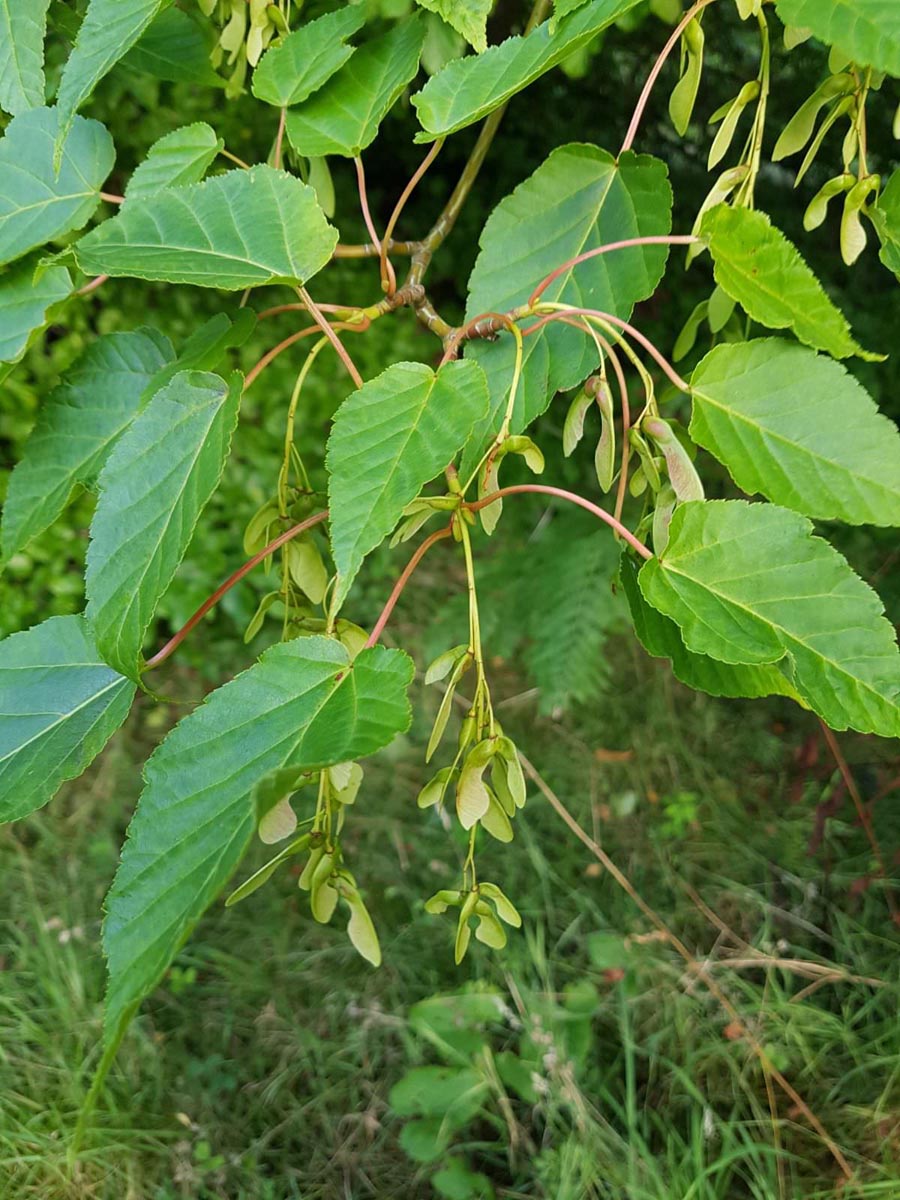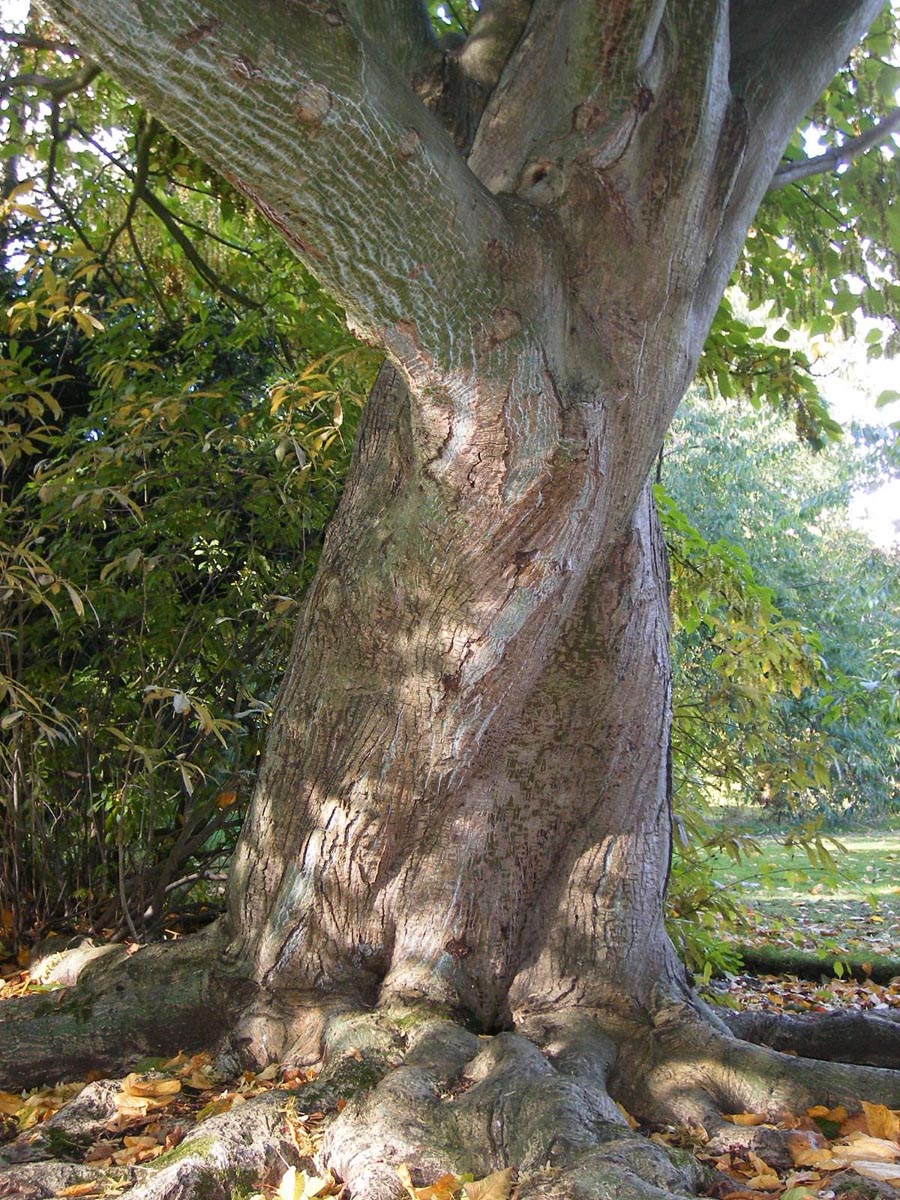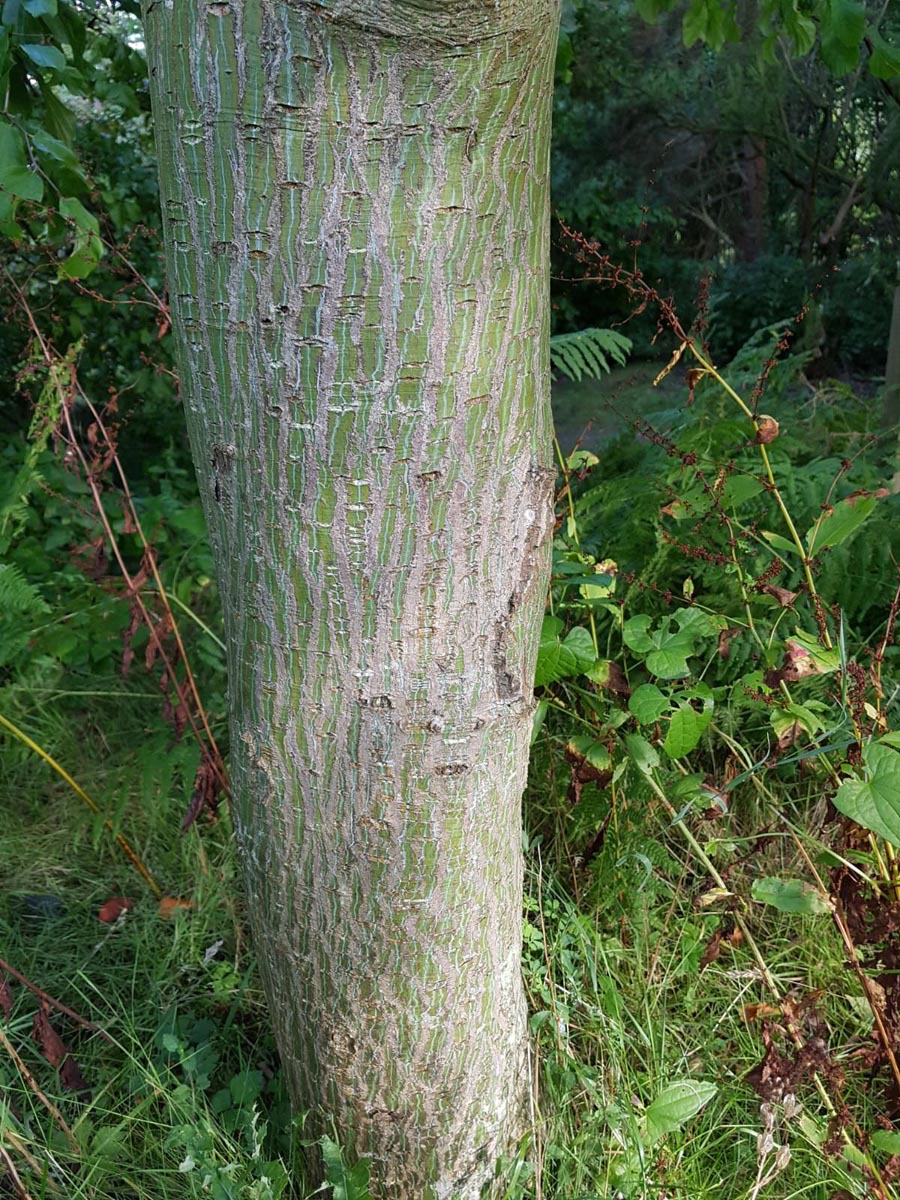Acer davidii
Snakebark Maple
Acer davidii has an erect, open, and spreading form, and its bark is shiny and green with silver-white stripes. Its glossy green leaves feature deep-red veins, and during autumn, the leaves turn beautiful shades of red, yellow, and orange. Acer davidii prefers soil that is moist and well-drained and is best suited for growing in part-shade. Acer davidii is deciduous and native to China. Learn more about Acer davidii.
Other common name(s):
Synonyms:
$107.12
Deciduous
Height: 8.0m
Width:
6.0m
Estimated 10 year height and width
Acer davidii stock information
Full Stocklist| Grade | Height | Standard | Available | I/P | Qty / Price |
|---|
